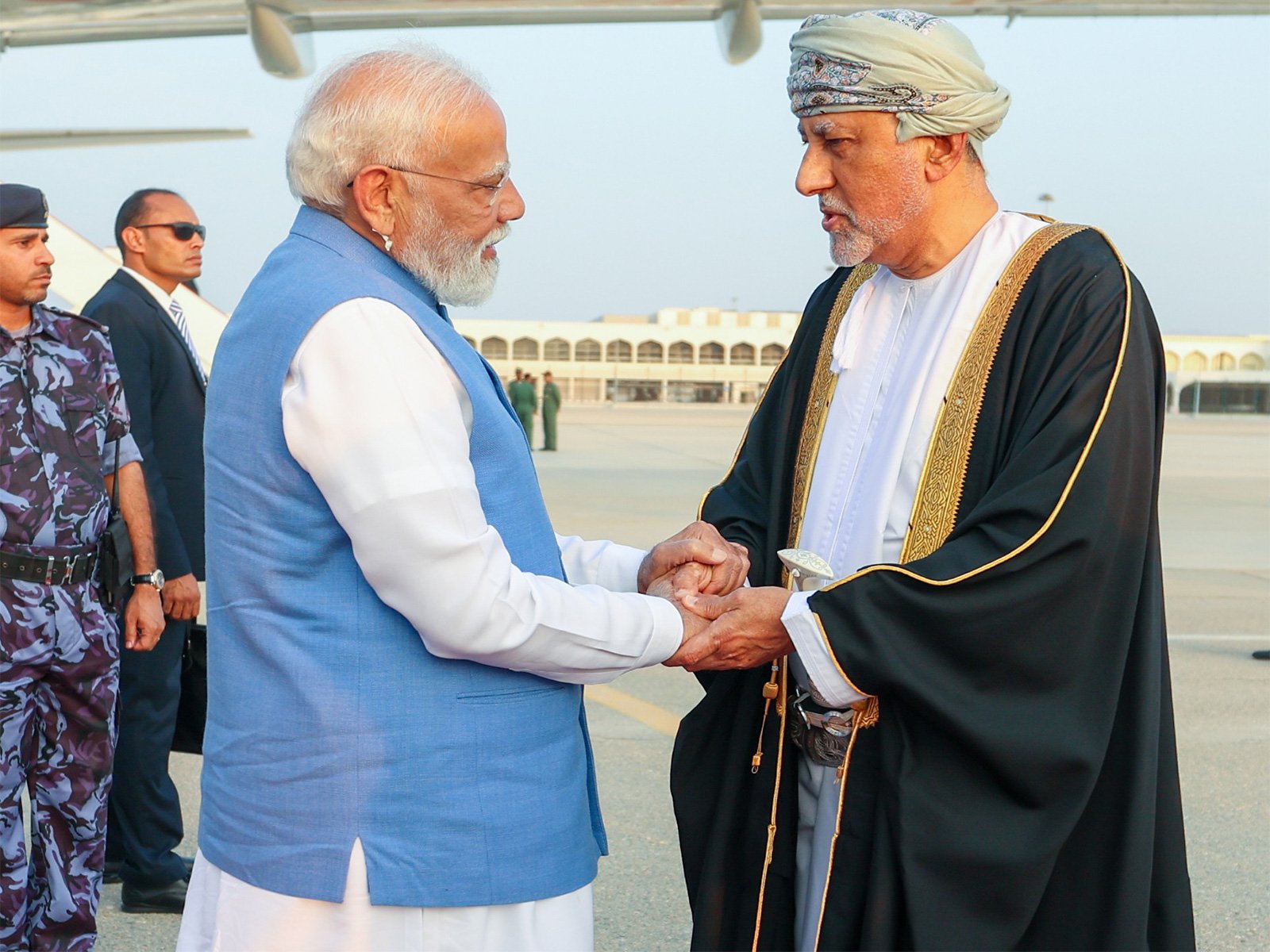- Enrolment hits 3.63 lakh in 2024–25
- As geopolitical shifts reshape global student mobility, India’s steady rise reflects its youth demographics, growing middle class, and strong preference for overseas education — making it a defining force in the future of international higher education
India has retained its position as the largest source of international students in the United States for the 2024–25 academic year, with 3,63,019 Indian students enrolled — a 10% increase over the previous year. While the growth rate is modest compared to the 23% jump in 2023–24, India continues to expand its lead even as global international enrolment slows.
The increase comes despite tougher visa scrutiny, long interview wait times, and uncertainties surrounding work visas. Global numbers tell a contrasting story: overall international enrolment in US institutions fell 7%, with new international arrivals declining 17%. China, once dominant, saw student numbers drop 4% for the fifth consecutive year, narrowing its gap with India.
- Indian students are also leaving a growing economic footprint
- Their annual spending reached $14 billion on tuition, housing, and living costs—nearly matching China’s $14.6 billion
- This underscores India’s rising contribution to US universities and local economies
The enrolment pattern shows mixed trends: undergraduate numbers rose 11%, but graduate enrolments dropped 9.5%, reflecting changing preferences and perhaps the impact of tightened STEM-related pathways. Optional Practical Training (OPT) saw a huge 47% jump, as more students opt for work experience after completing degrees. Globally, strong graduate intakes from previous years contributed to a 14% growth in OPT.
Most Indian students continue to choose public universities, which account for 63% of enrolments. Their top destinations remain Texas, New York, Massachusetts, California, and Illinois.
Union Education Minister Dharmendra Pradhan said Indian students excel globally due to “capability and character,” adding that they are enriching research ecosystems worldwide. US officials echoed this view, highlighting their contribution to innovation and campus diversity.
International students as a whole accounted for $55 billion in economic contributions to the US in 2024 and supported over 3.5 lakh jobs. Meanwhile, institutions are intensifying undergraduate outreach in India, Vietnam, Brazil, and South Korea, with India also ranking as the top target for graduate recruitment.











